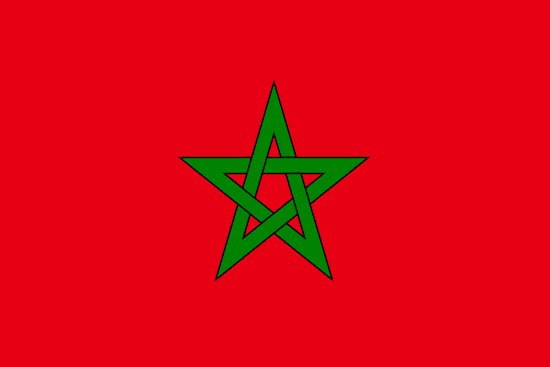"الدار البيضاء المدينة البيضاء | Casablanca the White City"
About:
Casablanca, Morocco, was founded in the 7th century BC by Berbers. It grew as a strategic port city under Roman, Arab, Portuguese, and French rule. The city was rebuilt and modernized by the French in the 20th century. Casablanca played a key role in WWII as the site of the 1943 Casablanca Conference. Today, it is Morocco's largest city and economic hub, known for its modern architecture, historic sites like the Hassan II Mosque, and as the setting for the classic film "Casablanca."
When to visit:
Casablanca, Morocco, experiences a Mediterranean climate with hot summers and mild winters. The best time to visit Casablanca is during the spring (March to May) and autumn (September to November) when the weather is pleasant and there are fewer tourists. Summer (June to August) can be very hot and crowded, while winter (December to February) brings cooler temperatures and occasional rain. Travelers seeking a balance of comfortable weather and fewer crowds should consider visiting Casablanca during the shoulder seasons.
When to avoid:
Casablanca, Morocco experiences its peak tourist season during the summer months of June, July, and August. These months bring large crowds, higher prices, and hot temperatures, making it the least ideal time to visit for a holiday. Additionally, the city can become congested with tourists, and popular attractions may be overcrowded during this time. Travelers seeking a more relaxed and affordable experience may want to consider visiting during the shoulder seasons of spring or fall when the weather is milder and the crowds are thinner.
"Winter Season (Dec-Feb)"
Casablanca's wettest season is from November to March, with February being the rainiest month. Average temperatures range from 8°C to 17°C. Rainfall averages around 40mm in February, and sunlight is reduced to an average of 6 hours per day. The city is often overcast, with cloud cover reaching 70% in the wettest months. An average day for a visitor might include light showers with some sunny spells. The weather is generally mild but it's advisable to carry an umbrella and dress in layers to accommodate the fluctuating temperatures.
"Summer (June–September)"
In Casablanca, Morocco, the warmest part of the year typically falls between June and September, with the peak in July and August. During this period, the average high temperatures range from 24°C (75°F) to 28°C (82°F), while the average low temperatures hover around 18°C (64°F) to 21°C (70°F). Rainfall is minimal during these months, averaging about 1mm to 4mm, making it the driest part of the year.
Sunlight is abundant, with an average of 10 to 11 hours of daylight per day. The humidity is relatively low, ranging from 60% to 70%, which makes the heat more bearable. Cloud cover is also minimal, with clear or mostly clear conditions about 70% of the time.
A typical day for a visitor during the warmest part of the year in Casablanca would involve waking up to a bright, sunny day. The mornings start off a bit cool but quickly warm up. The afternoons are warm but not excessively hot, thanks to the coastal breeze from the Atlantic Ocean. Evenings are pleasantly warm, perfect for enjoying outdoor activities or dining al fresco. Despite the warmth, it's not uncomfortably humid, and the lack of rain means you can plan outdoor activities without worrying about getting wet.
Language:
In Casablanca, the most commonly spoken languages are Moroccan Arabic and French. Moroccan Arabic, also known as Darija, is the native language, while French is widely used in media, businesses, and education. Additionally, Amazigh languages are spoken by the Berber population, and there's a growing number of English and Spanish speakers.




